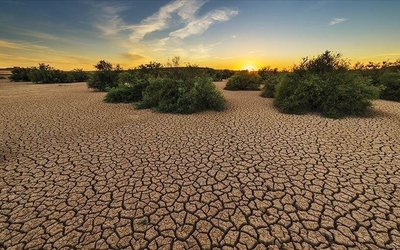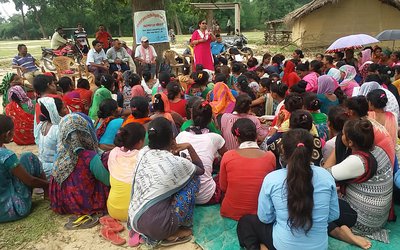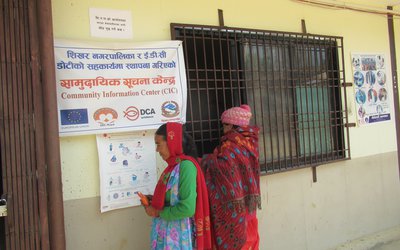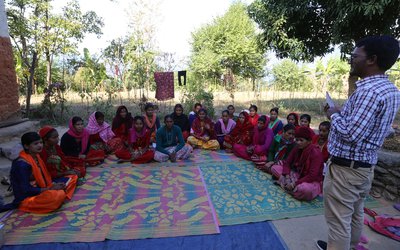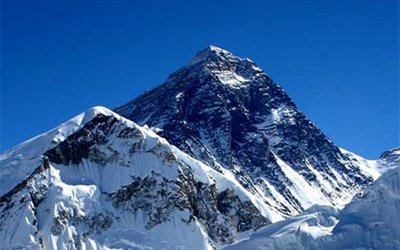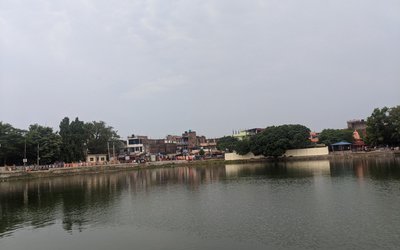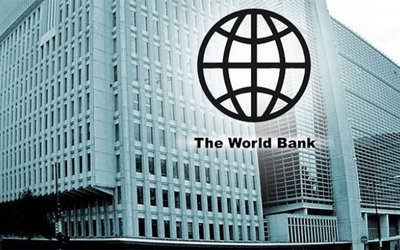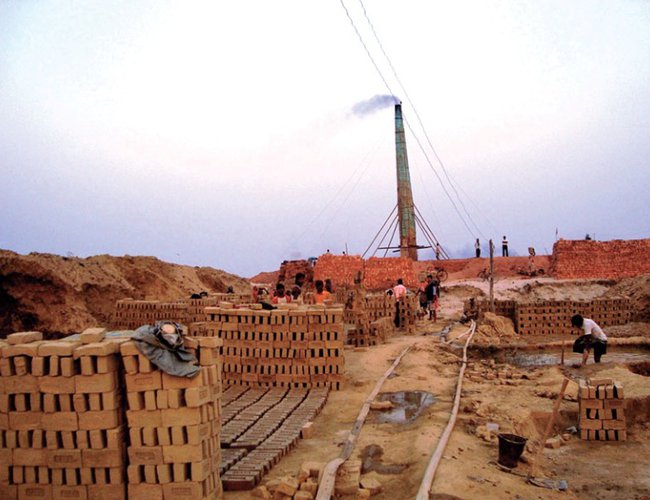
With the negligible share of 0.027 percent of global GHGs emission, Nepal contributes a lot saving the planet. However, dependency on traditional brick kilns to build infrastructures in earthquake damaged nation, if remain unchecked, is likely to threat the environment.
Energy inefficient and more polluting
Coal consumption in Nepal has never reached objectionable level, yet wasteful consumption of coal by brick kilns is a threat for the country which ranks 4th in climate change vulnerability .
The devastating earthquake that took place in April 2015 had left the country into peril – killing about 9000 people and destroying physical structures worth billions. Thanks to generous foreign aids and government support that has been helping people to regain normalcy.
Aftermath of earthquake, construction industries are sure to soar up in Nepal. For instance, preliminary estimation of Government recorded 7, 00,000 collapsed building during the earthquake which requires 21 billion bricks for the whole reconstruction process. It is estimated that demand of brick would increase by 30 percent from existing 3.57 billion annually.
Unfortunately, more than 90 percent of brick kilns of Nepal are traditional Bull’s trench which not only consume more amount of coal but also emit more smoke to the atmosphere.
Harmful to environment
There
are about 1100 brick kilns running in Nepal and 200 brick kilns only in the
Kathmandu valley. With no surprise
Kathmandu ranks 7th most polluted city in the world, due to rampant air and
water pollution; where brick kilns play a major role in bringing the pollution
to such level.
Particles emitted from brick kilns residing in Kathmandu valley are found to contribute 40 percentage of total air pollution in valley during winter season. While the concentration of particulate matter is 3 times more during kilns operating season than during off seasons.
Most of the brick kilns of Nepal are traditional Bull’s trench which are way too energy inefficient and polluting than the modern ones like Vertical Shaft Brick kilns and zig-zag brick kilns. Establishing improved zig-zag kilns, for instance, can reduce particulate matter by 60 percent and coal consumption by 40-50 percent.
Suyesh Prajapati, an expert in clean brick firing and renewable energy technologies said that in zig zag brick kilns bricks inside the chimney are placed in zig zag pattern unlike up down pattern in traditional method which eventually stuck most of the carbon in brick itself and emits less in the atmosphere. He added “, zig zag pattern of bricks helps to store heat emitted within the furnace which leads to lesser consumption of energy resource to bake the bricks.
Traditional brick kilns not only produce like carbon monoxides, sulphur dioxides in large amount which brings health hazards and environmental pollution but consumes more amount of coal which is economically non profitable, basically to the countries like Nepal which has no known major coal reserves and depends entirely upon import.
Pokhrel is the final year student of Agriculture and Forestry University, Nepal. He can be reached at Gmail: pokhrelsameer60@gmail.com


